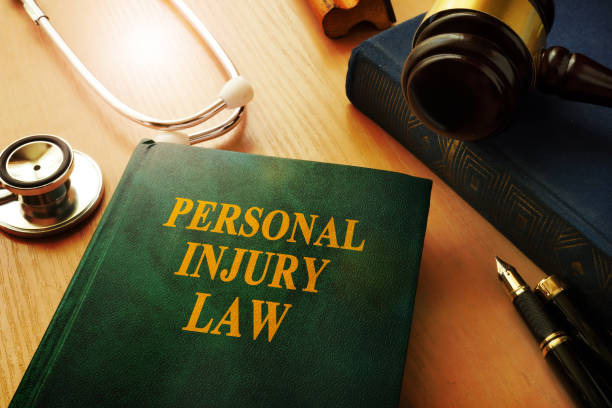The Advantages and Disadvantages of Taking Your Personal Injury Case to Court
When you’re injured due to someone else’s negligence, the path to compensation can take two routes—settlement or trial. While most personal injury cases settle out of court, some escalate to litigation, raising the stakes for both sides.

But is going to court the right choice for you? The answer depends on several factors, including the complexity of your case, the willingness of the opposing party to negotiate, and the legal landscape in your jurisdiction.
In Santa Cruz, personal injury claims are governed by California’s comparative negligence laws, meaning that even if you are partially at fault for an accident, you may still recover damages—though your percentage of fault will reduce your compensation. The state also enforces a two-year statute of limitations for filing personal injury lawsuits, making it crucial to act swiftly. Given these legal nuances, it’s important to carefully weigh the pros and cons of taking your personal injury case to court.
This guide explores the key advantages and disadvantages of pursuing litigation, helping you determine whether taking legal action is the right path. If you’re uncertain about your options, it is recommended to consult a personal injury attorney in Santa Cruz. They can provide clarity on the best course of action for your specific case.
Advantages of Taking Your Personal Injury Case to Court
While many victims prefer to settle, there are several benefits to taking your case to trial, including:
1. Potential for Higher Compensation
One of the main reasons plaintiffs opt for litigation is the possibility of receiving a higher payout than what an insurance company initially offers. Settlements are often lower because insurers prioritize minimizing payouts. In court, however, a jury may award damages that more accurately reflect your medical expenses, lost wages, and pain and suffering.
2. Holding the At-Fault Party Accountable
A lawsuit can ensure that negligent parties are held accountable for their actions. In some cases, court judgments deter future negligence, particularly when dealing with reckless drivers, negligent property owners, or businesses that fail to uphold safety standards.
3. Access to Full Discovery
When a case goes to trial, both sides must present evidence and undergo discovery—a legal process that allows attorneys to request documents, depose witnesses, and gather critical information. This step can be crucial in cases where the opposing party is withholding key evidence that could strengthen your claim.
4. Possibility of Punitive Damages
While settlements typically cover economic and non-economic damages, courts have the power to impose punitive damages in cases of gross negligence or intentional harm. According to California Civil Code § 3294, punitive damages may be awarded when the defendant’s conduct is found to be particularly reckless or malicious. This additional compensation serves as a punishment and a deterrent for similar behavior.
Disadvantages of Taking Your Personal Injury Case to Court
Despite the potential benefits, there are also risks and drawbacks associated with litigation, such as:
1. Lengthy and Costly Process
Litigation can take months or even years, whereas settlements resolve cases much faster. Court proceedings involve legal fees, expert witness costs, and administrative expenses, which can eat into your final compensation. Even if you win, the lengthy process may not be worth the added stress and financial burden.
2. Uncertain Outcome
Unlike settlements, which provide a guaranteed payout, court cases come with uncertainty. A judge or jury ultimately decides the verdict, and there’s always a risk that you might lose the case entirely. Additionally, even if you win, the defendant may appeal the decision, dragging the process out even further.
3. Emotional Toll
Reliving your accident during depositions and cross-examinations can be emotionally exhausting. Some victims prefer settlements simply to avoid the stress of testifying in court.
4. Comparative Negligence May Reduce Your Award
Under California Civil Code § 1714, the state follows a pure comparative negligence rule, meaning that if you are partially at fault for your accident, your compensation will be reduced by your percentage of fault. For example, if you’re found 30% responsible, your award will decrease by 30%. Insurance companies often use this rule to argue that you were partly to blame, which can complicate your case in court.
Weighing Your Options
The decision to go to trial or accept a settlement should be based on the specifics of your case. If the insurance company is offering an unreasonably low amount and your damages are substantial, pursuing litigation may be worthwhile.
However, if a fair settlement is on the table, avoiding the risks of court may be the better route.
Before making a decision, consult an experienced personal injury lawyer who can evaluate your case, negotiate with insurance companies, and represent you in court if necessary. Understanding both the advantages and disadvantages will help you make an informed choice that aligns with your best interests.

